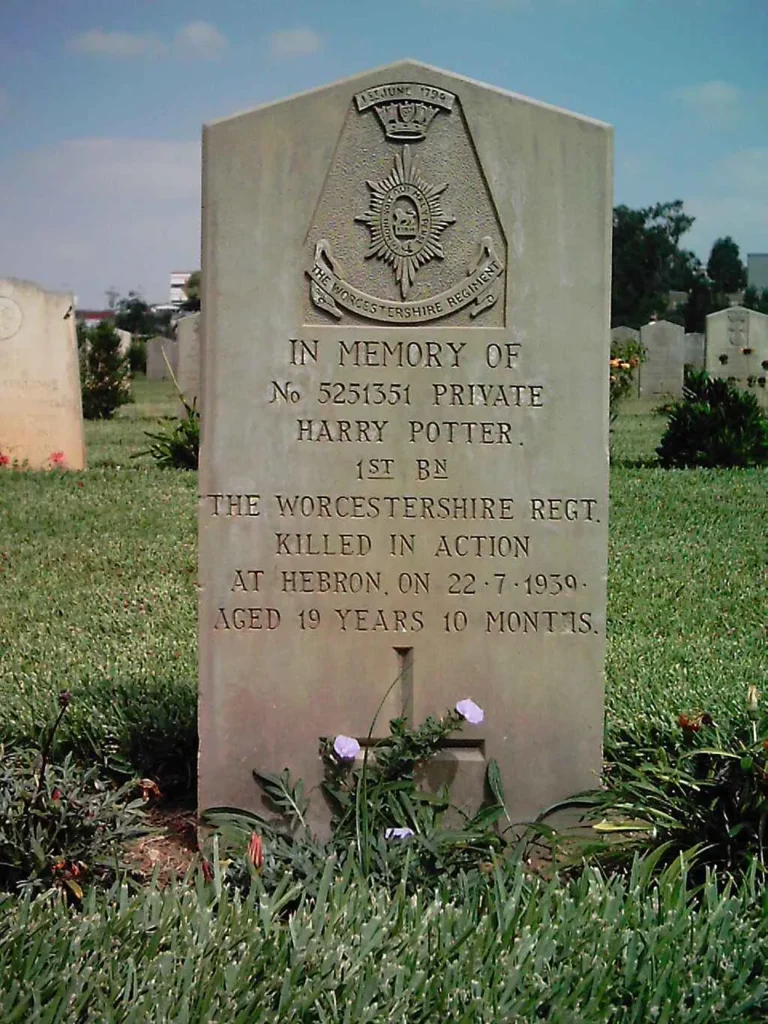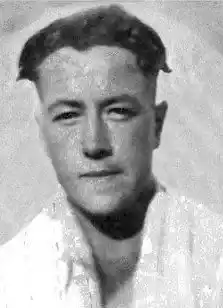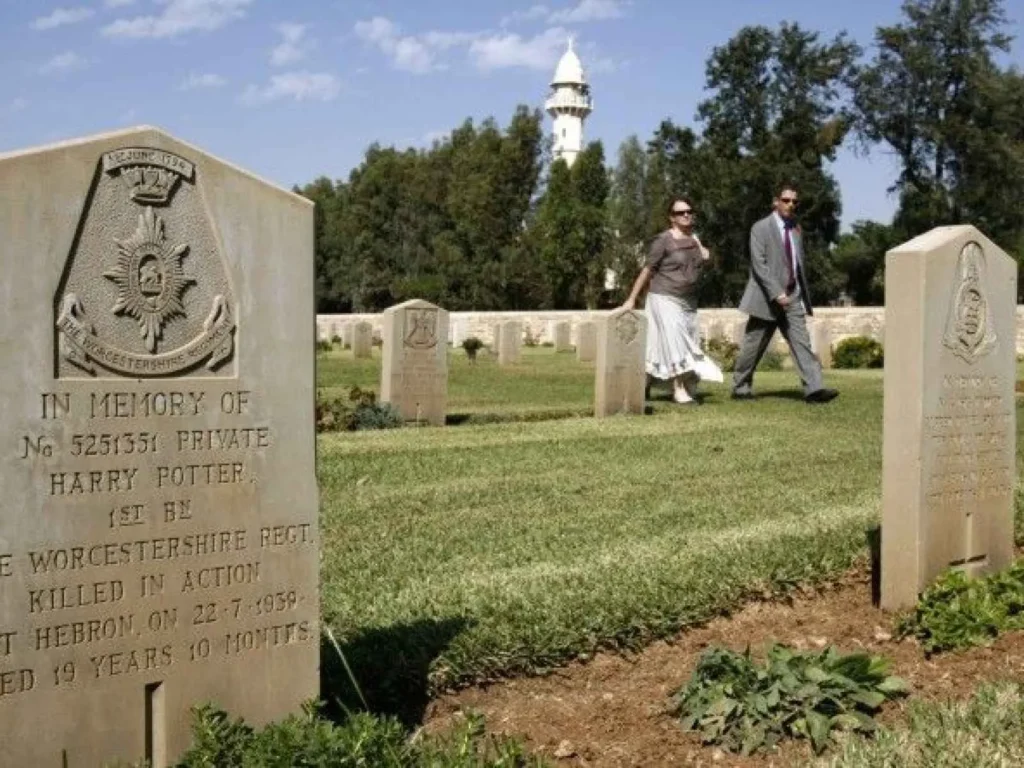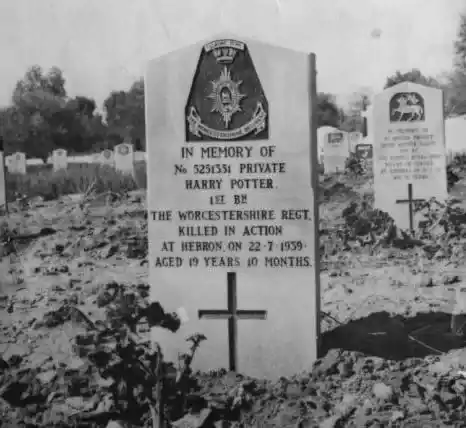In the British military cemetery of Ramle, in Israel, there’s a grave that in recent years has become an unexpected stop for many tourists. It’s not adorned with magic or strange symbols. It’s a simple, white headstone, like so many others. But it bears a name that, for millions around the world, means something else.
Harry Potter.
Not the boy wizard from the books. Not the one who survives Voldemort or studies at Hogwarts. This Harry Potter was real. He was born in 1920 in Kidderminster, an English town known for its carpets. He was the sixth of eight children. At age 14, he left school and started working in a factory. Two years later, he lied about his age and enlisted in the army.
The Death of Harry Potter
In 1938, barely 18 years old, he became part of the 1st Battalion of the Worcestershire Regiment. He was sent to Palestine, then under British mandate, to quell an armed revolt. The Palestinians were demanding independence. But Harry didn’t get to choose sides. He was following orders. He was moved from city to city until finally assigned to a place south of Hebron, known among soldiers as “The Pumpet,” a pumping station that supplied water to the region.
There, in the heat, the tension, and the endless days, he wrote a letter to his mother. A short letter, without major revelations. He said he hoped to be home for Christmas. That they had been swimming a lot. That she should listen to the news, because the Worcestershire boys were doing a good job. He sent regards to his sister, to his little brother… and reminded them he hadn’t forgotten about the bicycle he had promised.
The letter arrived at his home one day after the official notice of his death.
On July 22, 1939, Company D, to which he belonged, engaged with an armed group on the Hebron–Beersheba road. Harry was killed in that fight. He was 18 years old. He was buried in Ramle, beneath a white headstone, with his name and date of death engraved.
From Obscurity to Fame
For nearly seventy years, no one outside his family or comrades remembered him. But the world changed. In the 1990s, a British author published a story about another Harry Potter—one with a lightning scar and a magic wand. And so, the improbable happened: the grave of a forgotten soldier began to draw visitors. Some brought flowers. Others, notes. Many came out of sheer curiosity.
In 2010, when the penultimate movie of the saga was released, British media uncovered the story of the real Harry Potter. They interviewed his now elderly siblings. And the grave, that simple stone in a cemetery far from home, appeared on the official tourism website of Ramle.
And although no one planned it that way, the name Harry Potter—shared by millions of readers and a young man who died far too young—now connects two worlds. One real. The other imaginary. But both, in the end, full of magic.
Know Before You Go
You can visit the cemetery Monday through Friday, from 8:00 AM to 2:30 PM. Keep in mind that it is closed on Saturdays and Sundays. The main entrance is wheelchair accessible. If you’re driving from Tel Aviv–Yafo, the trip will take about half an hour.



